A 3D foot shape scanner is a high-precision measurement device widely used in fields such as medicine, footwear design, and ergonomics. Its core function is to rapidly and accurately capture the three-dimensional shape and geometric data of the foot through a non-contact method. This data provides scientific support for personalized footwear design, foot health management, and performance optimization in sports. The working principle of a 3D foot shape scanner involves multiple technologies, including optical scanning, structured light projection, laser ranging, and computer image processing. Below, the working principle will be explained in detail from the aspects of technical foundation, data acquisition, data processing, and result output.
The core technologies of a 3D foot shape scanner include optical scanning and computer vision. Optical scanning captures light reflection signals from the surface of the foot to generate a 3D model. This technology relies on high-precision cameras and light sources to record surface details. Structured light projection technology projects specific grid or stripe patterns onto the surface of the foot, and the bending or distortion of light at different heights calculates the spatial contours of the foot. Laser ranging technology interacts with the foot surface using laser beams to precisely measure distances and generate point cloud data to construct a 3D model. The combination of these technologies enables the scanner to complete high-precision foot data acquisition in a short time.
The data acquisition process involves several steps: during the calibration phase, the scanner is adjusted to ensure the accuracy of the light source, camera, and sensors. Next, the system projects structured light or laser patterns onto the surface of the foot, where regions of varying height and angle cause deformation of the patterns. Built-in cameras record the deformed patterns in real-time while capturing 2D image data of the foot. Subsequently, the deformation of the projected patterns is analyzed using triangulation to calculate the spatial coordinates of each point on the foot surface, forming a dense point cloud. These steps are usually completed within seconds, ensuring efficiency and real-time data acquisition.
The raw data collected undergoes complex algorithmic processing to generate a 3D foot model. Point cloud data is first processed using denoising and interpolation algorithms to eliminate measurement errors and redundant data, ensuring model smoothness and accuracy. The point cloud is then converted into a triangular mesh structure to describe the curved surface of the foot. Texture mapping is applied to the mesh model, providing a more intuitive display of the foot's surface features, such as skin color and texture. Finally, parameters such as foot length, foot width, arch height, and sole curvature are calculated to support further applications.
The processed 3D model can be output in various ways, including 3D visualization for intuitive viewing, data exported in standard file formats (e.g., STL, OBJ) for integration with design software or production equipment, and automated analysis reports detailing key foot dimensions, shape characteristics, and functional assessments. These outputs meet the needs of medical diagnosis and design while directly supporting personalized footwear manufacturing.
With technological advancements, 3D foot shape scanners are evolving toward higher precision, portability, and intelligence. For instance, the integration of artificial intelligence and deep learning algorithms allows the scanner to quickly identify and classify foot abnormalities, enhancing the efficiency and accuracy of data analysis. Furthermore, cloud computing enables remote data transmission and large-scale storage, facilitating multi-location collaboration and application scalability.
By employing optical scanning, structured light projection, and laser ranging technologies, 3D foot shape scanners accurately capture foot data, providing scientific support for foot health management and personalized footwear design. Their efficiency, precision, and multifunctionality make them widely applicable in medicine, sports, and design. In the future, as technology advances further, 3D foot shape scanners will play an increasingly important role in health management and product innovation.

 +86-0755-86131192
+86-0755-86131192 2025-01-08
2025-01-08 Back to list
Back to list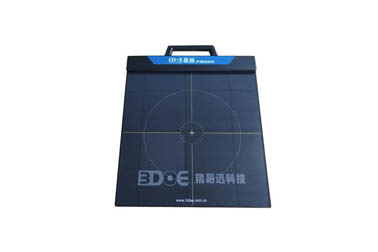
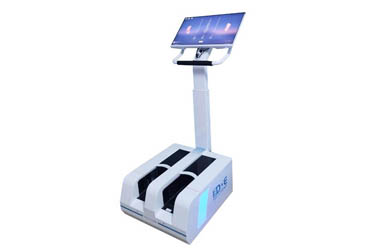
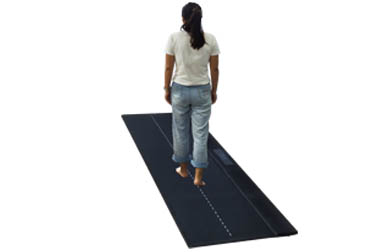
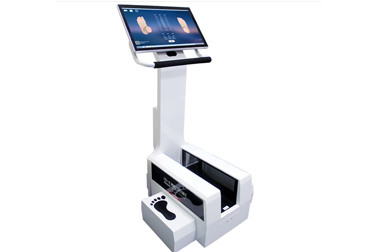
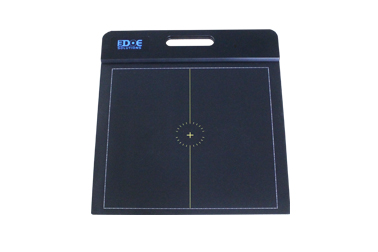



 +86-0755-86131192
+86-0755-86131192